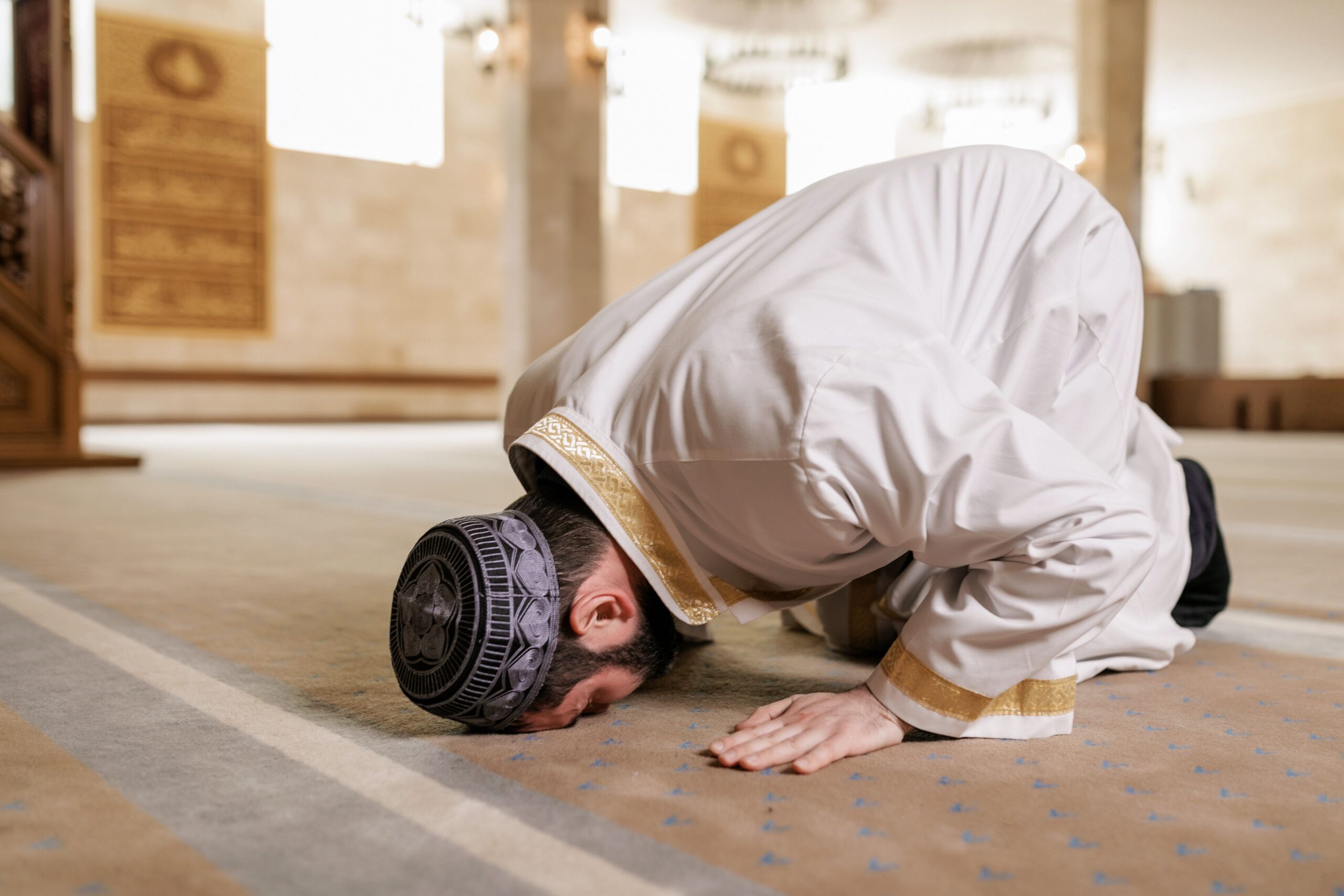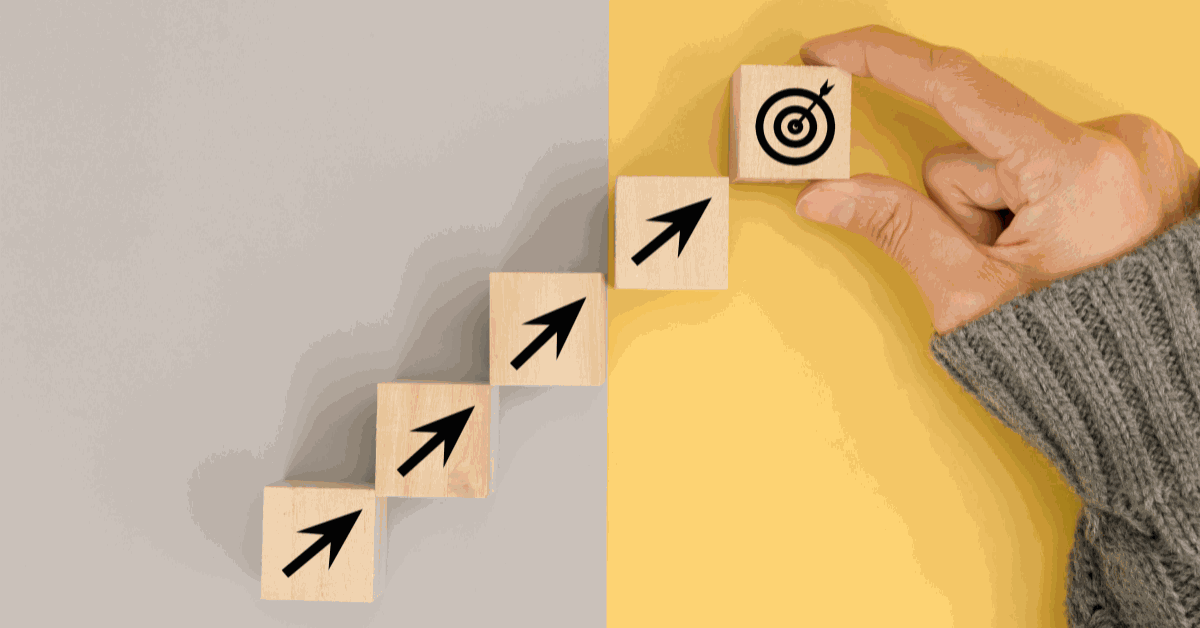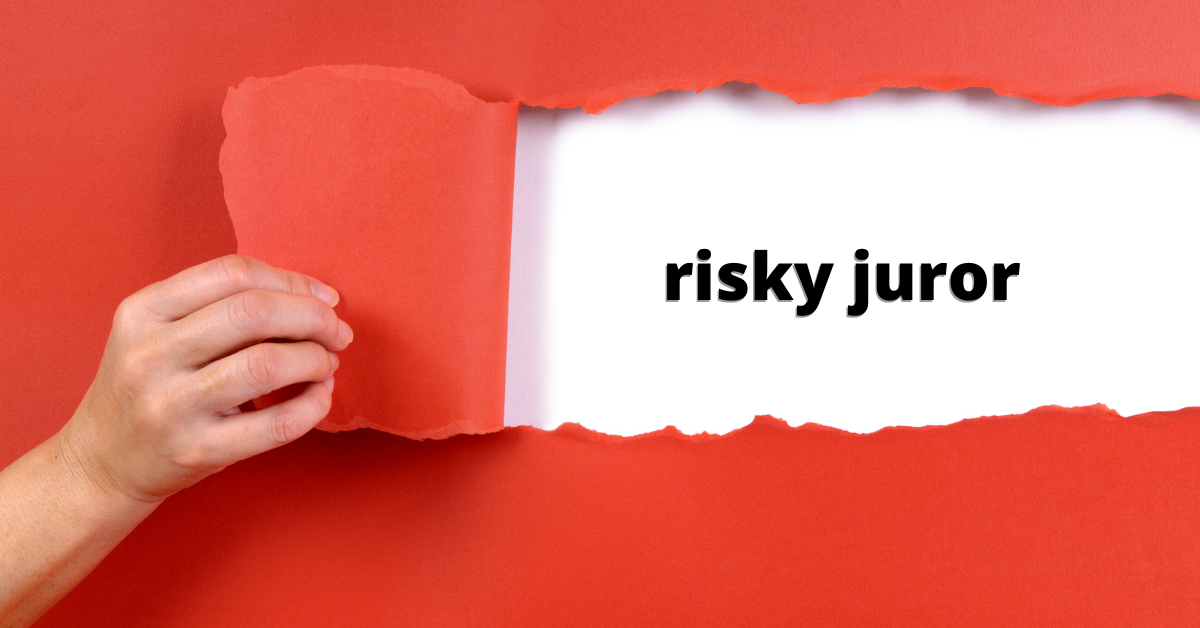Litigators begin each jury trial faced with the daunting task of identifying biases in individuals they have never met under tight time pressure. Since the 9-11 attacks and with the on-going conflicts in the Middle East, attorneys representing clients who are Arab, Muslim, or who may be perceived to be Arab or Muslim, have an even more challenging task as they must quickly and accurately identify jurors who are likely to be prejudiced against their client based solely on the client’s perceived culture or religion. The goal of this article is to aid trial attorneys in identifying jurors who are likely to stereotype individuals of minority status so that they may make informed decisions on the use of cause and peremptory strikes. Specifically, this article will describe strategies for identifying individuals who are biased against Arabs and/or Muslims or who have a general tendency to stereotype (against any outgroup).
ANTI-MUSLIM AND ANTI-ARAB BIAS IN AMERICA
The Muslim population in America is growing. Researchers have projected that by 2050, Islam will make-up about 2.1% of the U.S. population, making it the second most common religion in the U.S. below Christianity (Lipka, 2017). Admittedly, 2% of the population does not sound like a very large statistic. However, there are several reasons trial attorneys should consider and be prepared for juror bias against Muslims and Arabs.
First, jurors do not hold bias solely against Muslims, they hold bias against Muslims, Arabs or anyone who fits their stereotype of a Muslim or Arab. In fact, many Americans falsely believe that all Muslims are Arabs or all Arabs are Muslim (Arab American Institute, 2014). This means that a witness, whether Muslim or not, who simply has an Arab-sounding name, or who wears a headdress, is likely to experience prejudice from his/her peers on the jury. Thus, the population of individuals in the U.S. who jurors hold prejudice against is considerably larger than the actual number of Muslims residing in America.
Second, people who have less exposure to Muslims are more biased against them (Arab American Institute, 2014). Thus, an attorney practicing in an area of the country with few Muslim residents will have a venire who has had little exposure to Muslims and who will rely on their perception of Muslims based on the media, rather than personal interaction. This can be of concern, particularly if many members of the venire are obtaining news from sources such as Fox News, whose audience holds more anti-Muslim beliefs than less conservative sources, such as CNN (Jones, Cox, Dionne, & Galston, 2011; Ogan, Willnat, Pennington, & Bashir, 2014).
Third, prejudice against Muslims and Arabs in America is widespread. According to Gallup (Younis, 2015), nearly half of all Americans, 43%, admit to holding prejudice against Muslims. Arabs do not fare much better with 39% of Americans holding an unfavorable view of Arabs (Arab American Institute, 2014). About half of Americans, 47%, believe Islam and American values are in conflict (Jones et al., 2011). In fact, some research has indicated that Americans’ prejudice against Arab Americans is greater than prejudice against Hispanic Americans, Asian Americans or African Americans (Bushman & Bonacci, 2004).
While the statistics regarding Americans’ self-reported prejudice may be disconcerting to an attorney representing a Muslim or Arab client, jurors who are willing to state openly that they hold prejudice are of little concern compared to those who hold “hidden” bias. Hidden bias is bias that: 1) a juror is not consciously aware of, 2) the juror is aware of, but does not want to admit because it is not socially appropriate, or 3) the juror is aware of but purposefully wants to conceal as part of an agenda. A juror with hidden bias against your client, whether it is conscious or not, is potentially damaging to your case. This article was written to help the trial attorney identify jurors with bias, even when that bias is hidden because the juror is unaware of it or believes it is socially inappropriate. To learn more about identifying a juror with an agenda, or the “stealth juror,” the reader is referred elsewhere (see Speckart, 1996).
The difference between self-reported, conscious prejudice and unconscious prejudice is referred to in the psychological literature as explicit versus implicit bias. Individuals holding explicit bias against an outgroup are aware of their bias and willingly self-report the bias. Thus, the survey statistics reported above are an example of explicit bias as Americans openly admitted to their prejudice when questioned. Explicit bias in jury selection is helpful because the trial attorney can easily identify jurors who hold explicit bias against her client and can make a challenge for cause which would most likely be successful. Recommendations for identifying explicit bias will be described later in this article.
What is of greater concern in jury selection is implicit bias. Implicit bias among jurors is bias that the juror holds that he/she does not admit to openly. Importantly, correlations between measures of explicit and implicit bias are often low (Greenwald, Poehlman, Uhlmann & Banaji, 2009; Rowatt, Franklin & Cotton, 2005; Nosek, Smyth, Hansen, Devos, Lindner, Ranganath, Smith, Olson, Chugh, Greenwald, & Banaji, 2007). This means that individuals who hold bias do not necessarily admit to that bias when questioned. Therefore, if you only measure explicit bias during voir dire, you will not identify jurors with implicit bias against your client.
Implicit bias has often been measured through the use of computerized tasks such as the Implicit Association Test (IAT; Greenwald, McGhee, & Schwartz, 1998). The IAT measures accuracy as well as the length of time it takes a respondent to associate terms or images, such as Arab names and Caucasian names, with positive or negative images or words. For example, respondents seated at a computer screen to complete the IAT can be instructed to “sort” Caucasian names and Arab names into categories of “good” and “bad” as they flash on the screen. If respondents quickly and accurately associate Caucasian names with positive words like “adore” and “friendship” and Arab names with negative words like “hate” and “violent,” but take more time and make more errors when instructed to associate Caucasian names with negative words and Arab names with positive words, that would indicate an implicit bias against Arabs. For an example, visit https://implicit.harvard.edu/implicit/.
Implicit bias, though it operates at an unconscious level, influences behavior as much or more than explicit bias. For example, Rooth (2010) found job recruiters were less likely to call back applicants with Arab-Muslim names than Swedish names. The bias against Arab-Muslim candidates was correlated with a measure of implicit bias, but only weakly correlated with explicit attitudes against Arab-Muslims. This means that many of the job recruiters in Rooth’s study would likely state that they held no bias against Arabs or Muslims, while their actions indicated just the opposite.
Even more importantly for the trial attorney, research has shown that implicit bias, as much or more than explicit bias, affects juror behavior. Specifically, implicit bias affects how jurors recall and interpret information in a legal case (Levinson, 2007; Levinson & Young, 2010). Levinson (2007) found mock jurors recall case information in a manner that is consistent with racial prejudice. Mock jurors in Levinson’s study recalled more aggressive actions as being committed by an African-American male than a Caucasian male, even though the story had been identical and only the names of the individuals was varied.
Additionally, Levinson and Young (2010) empirically tested how mock jurors viewed evidence in a criminal case in which they manipulated the skin color of the perpetrator who was caught on camera. Mock jurors’ implicit racial bias was related to their interpretation of the evidence while their self-reported bias was not. Further, how jurors interpreted the evidence affected their verdicts of guilt. Thus, implicit bias affects how jurors view evidence, and ultimately, how jurors decide legal cases. In other words, jurors who do not admit to any bias when questioned during voir dire may still recall and interpret evidence in ways that confirm their hidden bias and find against your client due to that hidden bias.
The challenge for the trial attorney is how to identify individuals in the venire who are likely to hold such hidden bias. The remainder of this article describes a multi-method approach to identifying jurors who are most likely to stereotype against a Muslim or Arab witness. Recommendations are made regarding the identification of both explicit and implicit bias.
Given different trial venues, and even judges within the same venue, often differ in jury selection procedures, the recommendations below should be used in accordance with the legal parameters of the Court. The first step for any trial attorney preparing for jury selection should be to determine how the Court will handle jury selection (e.g., the amount of time for questioning jurors, the allowance of jury supplemental questionnaires, the types of questions the judge will/will not allow).
DEMOGRAPHIC CORRELATES OF ANTI-MUSLIM/ARAB BIAS
Juror demographics such as age, gender, and socio-economic status are easily and quickly assessed and therefore often of interest to the trial attorney who has limited time for voir dire. Demographic correlations have indicated that individuals who hold bias against Muslims tend to be older (Cifti, 2012; Nosek et al., 2007; Ogan et al., 2014), of lower education (Cifti, 2012; Gallup, 2017; Ogan et al., 2014), and republicans or political conservatives (Nosek et al., 2007; Ogan et al., 2014).
However, demographics alone are poor predictors of juror bias or verdicts. Some research has found males to be more biased against Arabs/Muslims than females (Nosek et al., 2007; Ogan et al., 2014) while other research has found no difference in anti-Muslim/Arab attitudes when comparing the genders (Bushman & Bonacci, 2004). Similarly, some research has found individuals with more anti-Muslim bias to be married than those with less bias (Gallup, 2017) while other research has found no relationship between marital status and anti-Muslim attitudes (Ogan et al., 2014). Religiosity has also been a poor predictor of anti-Muslim bias (Ogan et al., 2014). Importantly, socio-economic status is not found to correlate with anti-Muslim bias (Cifti, 2012; Ogan et al., 2014).
Rather than rely on demographics which can be quite misleading, it is advised to explore jurors’ background, experiences, attitudes, and personality to more accurately identify those with prejudice.
IDENTIFYING EXPLICIT PREJUDICE AGAINST MUSLIMS AND ARABS
Identifying implicit bias among jurors is considerably more difficult than identifying explicit bias. However, that does not mean that it is not important to assess explicit bias as well. This section provides recommendations for assessing explicit bias against Muslims or Arabs during voir dire.
As mentioned earlier, individuals who know someone who is Muslims or Arab are less likely to hold prejudice against them (Arab American Institute, 2014; Ogan et al., 2014). Thus, it is recommended to ask jurors whether they know anyone who is Muslim. Additionally, measures of social distance, first introduced by Bogardus (1925) are useful methods of identifying individuals with bias. For example:
- Would you be comfortable with a Muslim person living in your neighborhood?
- Would you be comfortable with a Muslim person coming to dinner at your house?
- Would you be comfortable with a family member marrying a Muslim?
Jurors who are biased against Arabs or Muslims often hold views that their safety is at risk. Questions assessing juror fear of Muslims/Arabs should also be asked. For example:
- Do you believe President Trump’s travel ban would make Americans safer?
- When you compare Islam to other religions, do you believe Islam is more encouraging of violence than other religions, equally encouraging of violence, or less encouraging of violence than other religions?
The use of free association can also be informative. For example, “When you hear the word Muslim, what is the first adjective that comes to mind?” If asking this question during voir dire, it is best to start with jurors who you are most concerned about as many will simply repeat what others have said. This question can be more informative in a questionnaire given the jurors cannot simply adopt others’ responses. Still, the responses they are willing to adopt can be informative as well, particularly when they are negative.
Be confident in achieving superior litigation outcomes. CSI has the expertise, track record, and capabilities to help you win.



